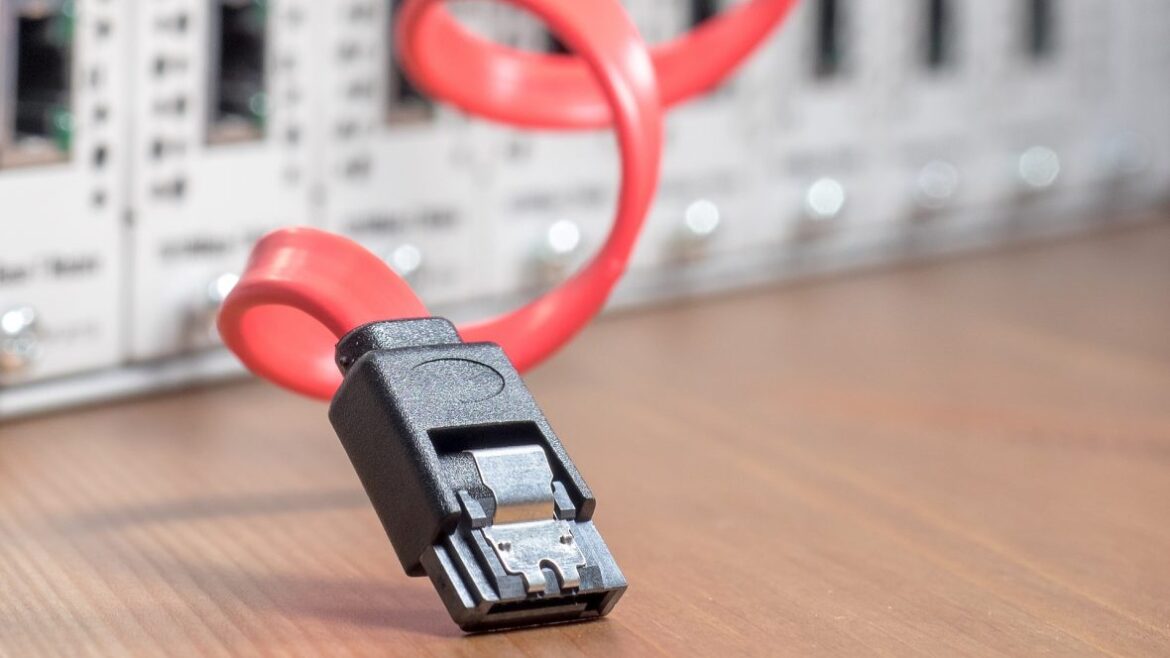724
Since you rarely encounter the former standard today, it is often forgotten what ISDN is and what special features it has.
ISDN – what is it?
ISDN stands for Integrated Services Digital Network. It was an international standard for a digital telecommunications network.
- You could transmit and transfer a wide variety of data via this network. For example, the first telephony or long-distance messages worked via ISDN.
- In contrast to the even older telephone modem, which you could also use to transmit data, ISDN was much faster.
- With ISDN it was also possible to connect two calls at the same time.
ISDN: Difference to DSL and landline
In comparison to the analog landline connection in particular, ISDN offers many advantages. One reason for this is that ISDN is a digital transmission method. It is no longer available in Germany. Earlier features were:
- In contrast to the analog landline connection, several channels could be transmitted simultaneously
- With the basic ISDN connection, you had two channels at your disposal, which you could use for telephony and Internet, for example. This meant you could surf the Internet while you were on the phone.
- With an ISDN multi-device connection, up to ten phone numbers could be assigned, which were then distributed as required to the ISDN terminals. This was particularly useful in small companies with several offices.
- ISDN had even more advantages compared to analog transmission: The digital transmission form was virtually lossless and noise-free, thus producing better voice quality.
- In the meantime, DSL has become the standard. DSL is around 250 times faster than ISDN and achieves an average speed of 16 Mbit/s.
- In addition, DSL offers protection against so-called dealers. These illegal dial-up programs can drive up your Internet costs.
- In the meantime, Deutsche Telekom has expanded the DSL line throughout Germany and switched off ISDN.

